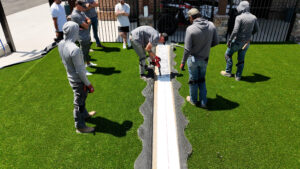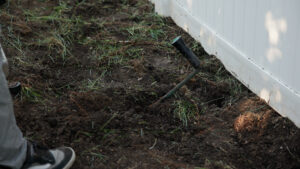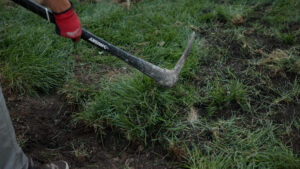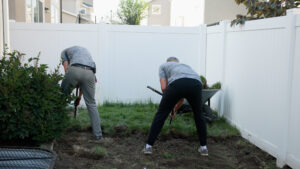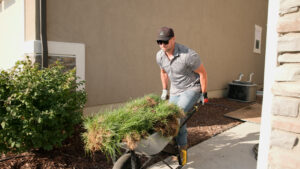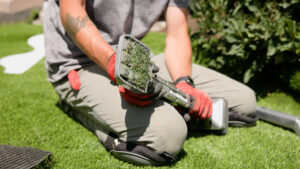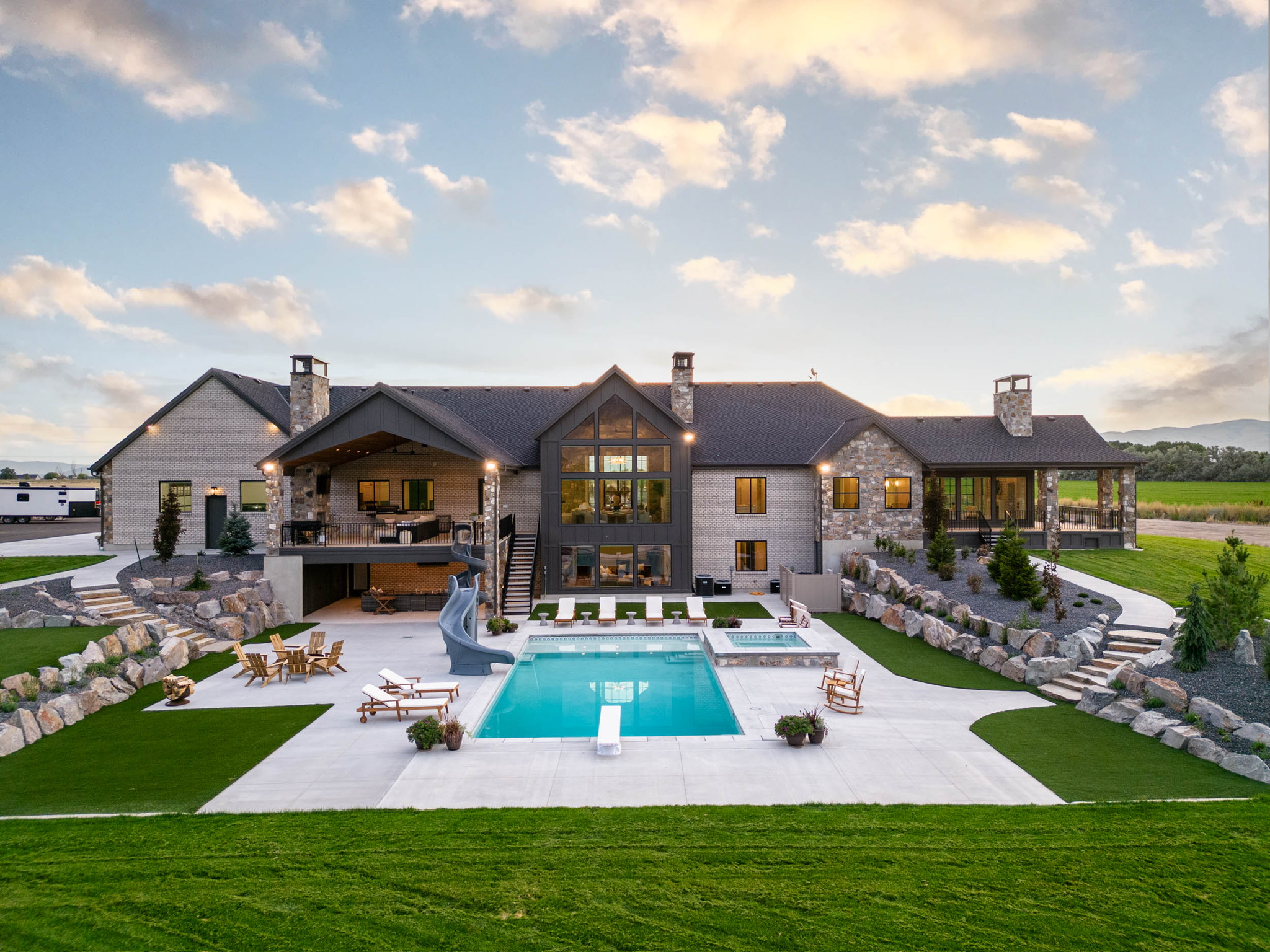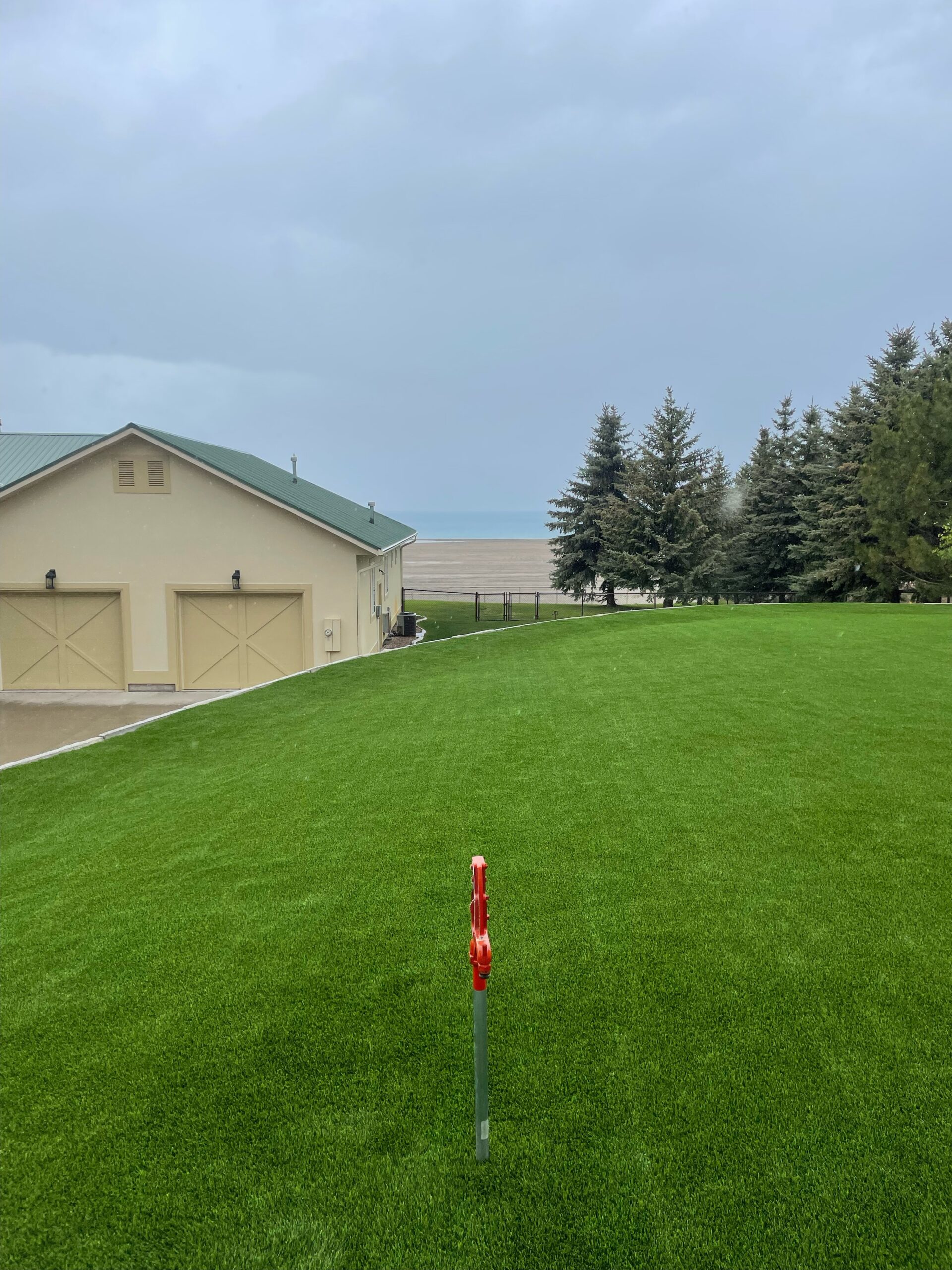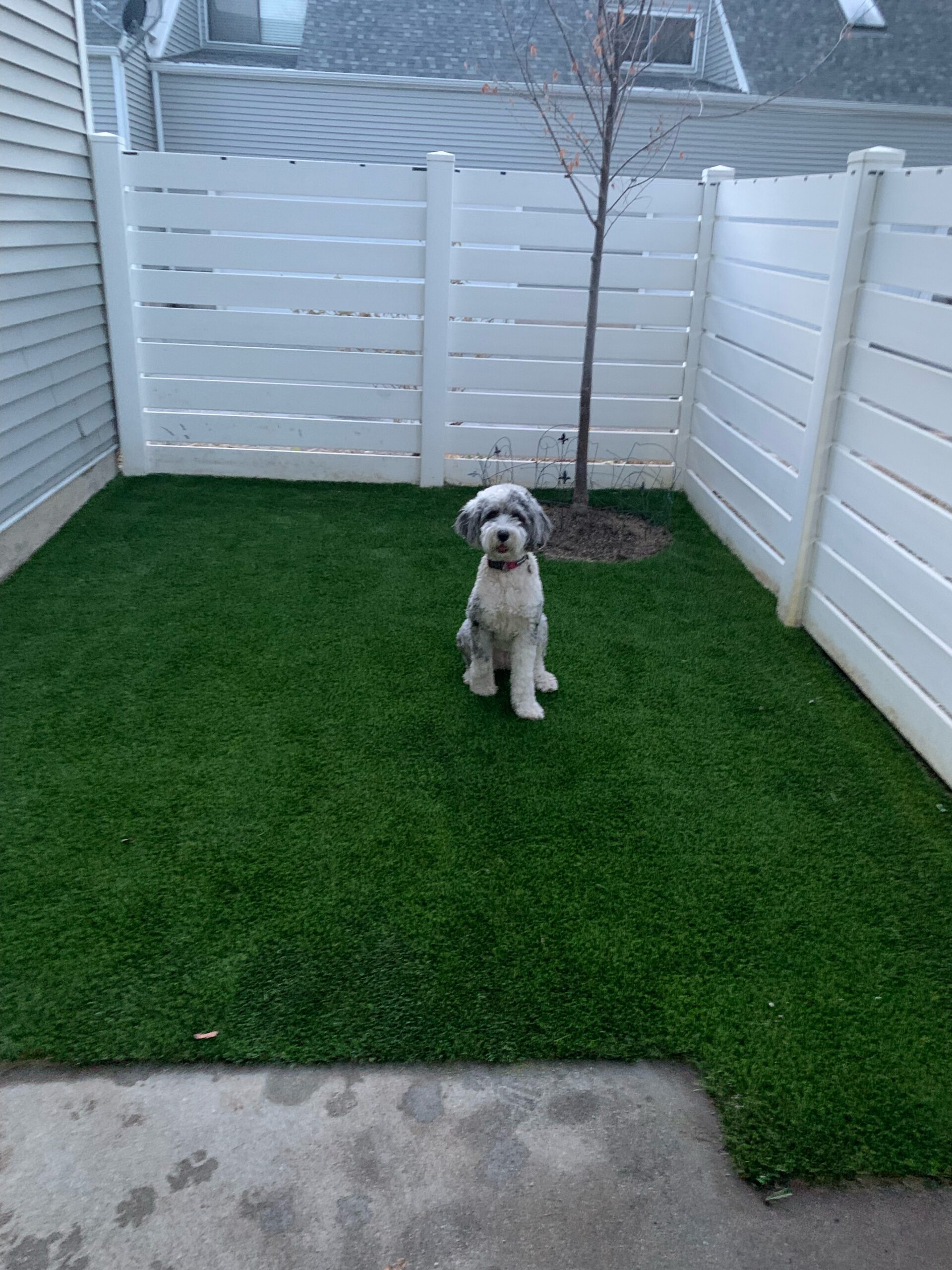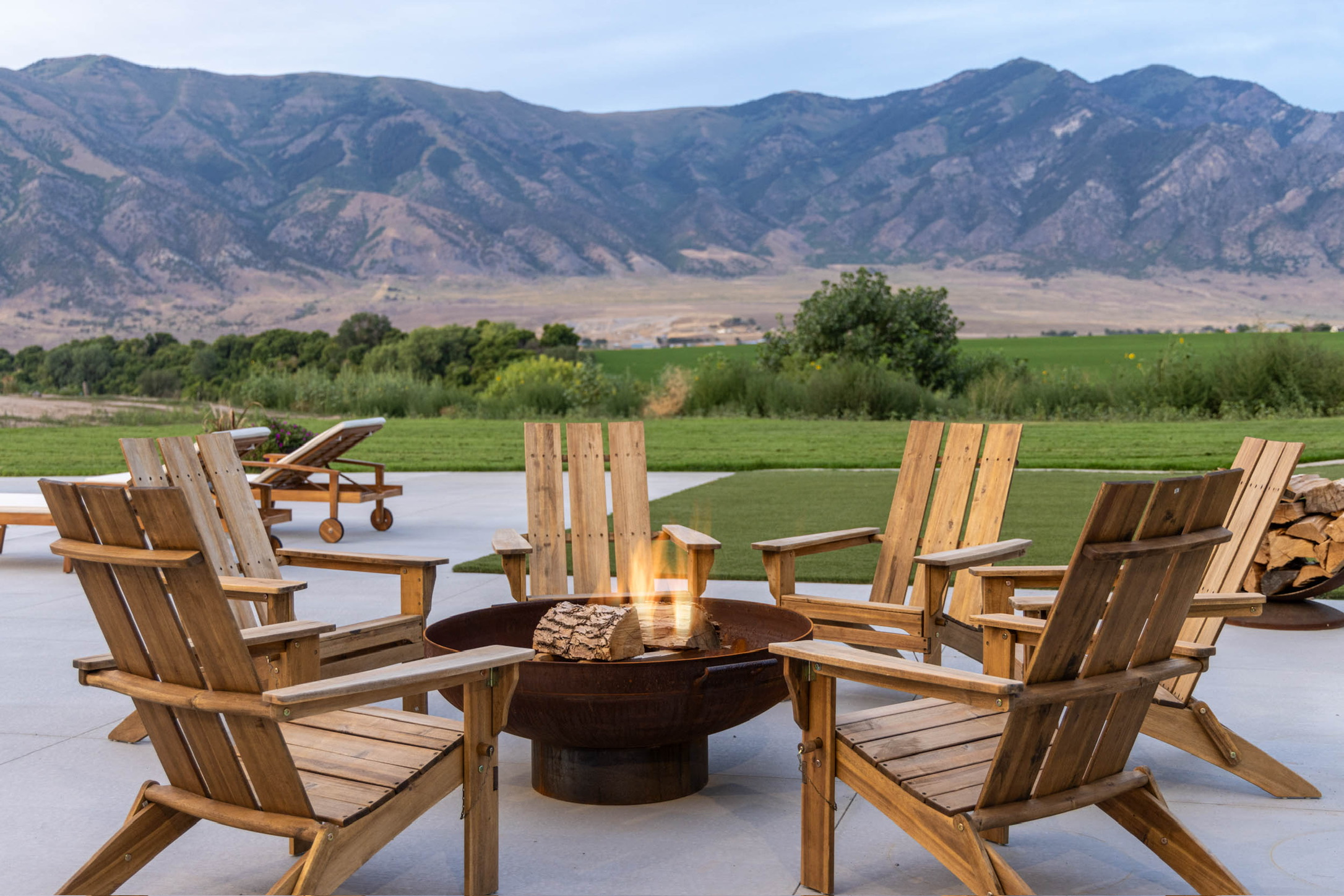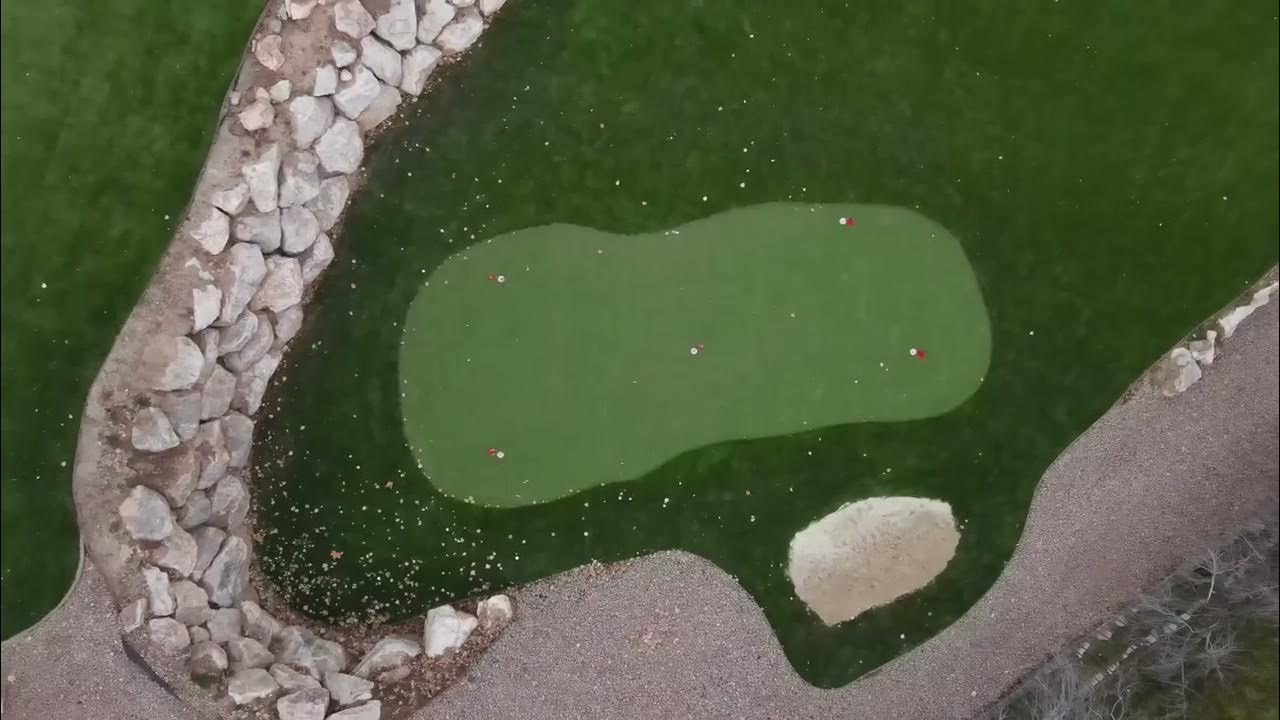In recent years, the environmental impact of traditional grass lawns has come under scrutiny. From excessive water usage to chemical fertilizers and pesticides leaching into the soil, maintaining natural grass can have significant ecological consequences. In contrast, artificial turf presents itself as a sustainable alternative, offering a plethora of environmental benefits that make it a greener choice for homeowners and businesses alike.
The Environmental Impact of Grass
Grass lawns require substantial resources to maintain their lush appearance. Water, often drawn from dwindling freshwater sources, is heavily utilized to keep grass hydrated, especially in arid regions where droughts are prevalent. Additionally, the use of chemical fertilizers and pesticides can contaminate groundwater and harm local ecosystems, posing a threat to biodiversity. Add to that the ongoing maintenance that relies on gas-powered mowers, and grass makes less and less sense, especially in those arid regions.
Is Artificial Turf More Sustainable?
Artificial turf, also known as synthetic grass, offers a sustainable solution to the environmental challenges posed by natural grass lawns. Unlike traditional lawns, artificial turf does not require watering, eliminating the need for excessive water consumption. This significant reduction in water usage not only conserves a precious resource but also helps mitigate the strain on water supplies in water-stressed regions.
Furthermore, artificial turf does not necessitate the application of chemical fertilizers or pesticides, thus preventing soil contamination and minimizing the negative impact on wildlife. By opting for artificial turf, homeowners and businesses can contribute to the preservation of local ecosystems and promote a healthier environment for future generations.
Xeriscaping with Turf
Xeriscaping, a landscaping technique focused on water conservation, can be seamlessly integrated with artificial turf installations. By incorporating drought-tolerant plants and hardscape elements alongside artificial turf, property owners can create aesthetically pleasing outdoor spaces that require minimal irrigation. This approach not only reduces water usage but also enhances the overall sustainability of landscaping practices.
Moreover, artificial turf serves as an ideal groundcover for xeriscaped areas, providing a low-maintenance alternative to natural grass that thrives in various climatic conditions. With its durability and longevity, artificial turf ensures that xeriscaped landscapes remain vibrant and green year-round, without the need for constant upkeep.
The Environmental Benefits of Artificial Turf: A Greener Choice
The environmental benefits of artificial turf make it a compelling choice for eco-conscious individuals and organizations seeking sustainable landscaping solutions. Using artificial turf in landscaping allows for the beautiful and functional benefits of grass without the maintenance or chemicals. By reducing water consumption, minimizing chemical usage, and facilitating xeriscaping practices, artificial turf contributes to a greener and more environmentally friendly future.
As we strive to mitigate the impacts of climate change and preserve our natural resources, embracing artificial turf represents a positive step towards building more sustainable communities and safeguarding the planet for generations to come. If you would like to learn more about using artificial turf in your landscaping to reduce your carbon footprint, reach out to Elite Turf Supply today. Their knowledgeable staff can help you with your questions and even help design a more environmentally-friendly space.

